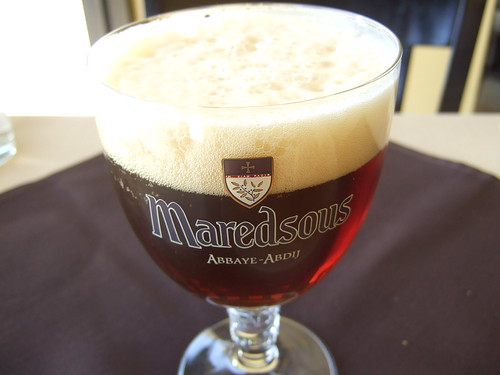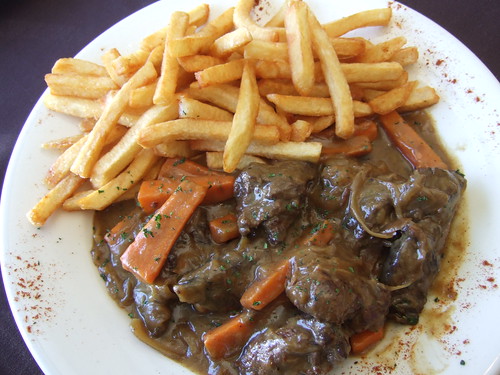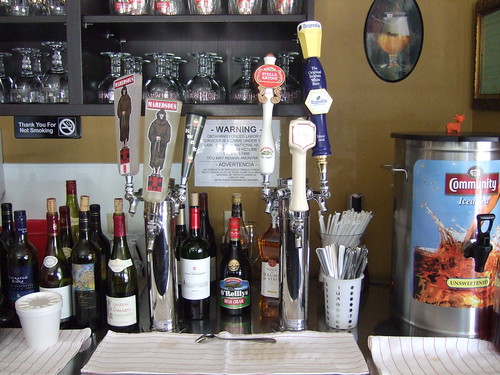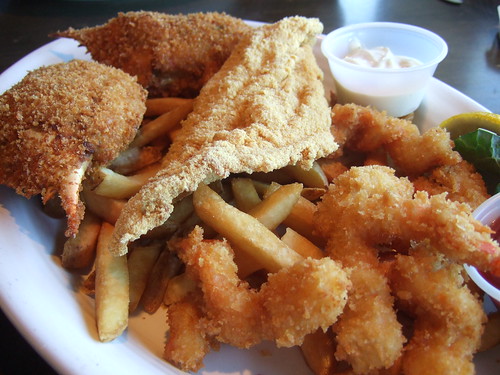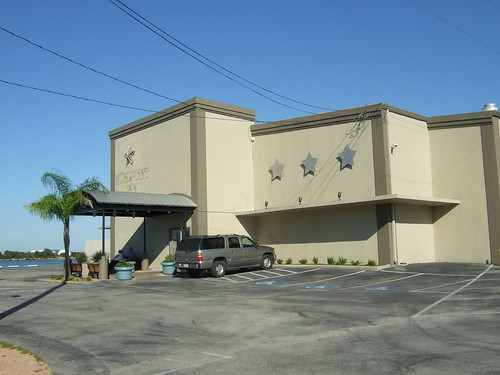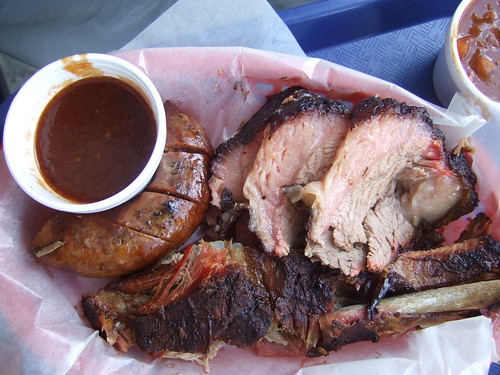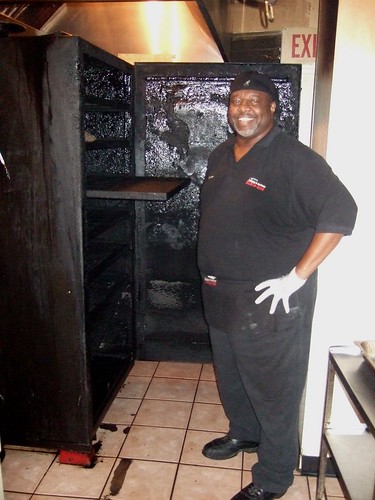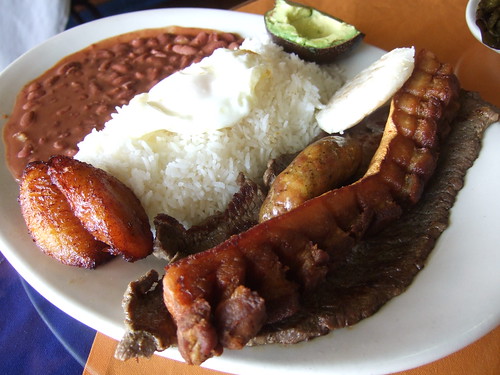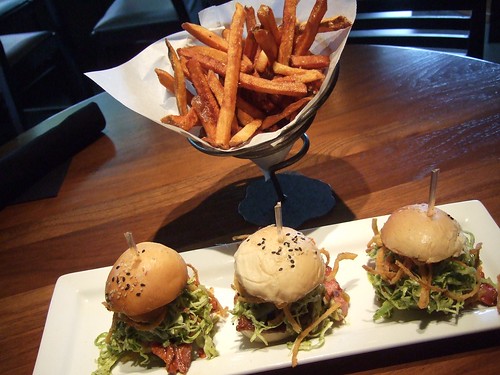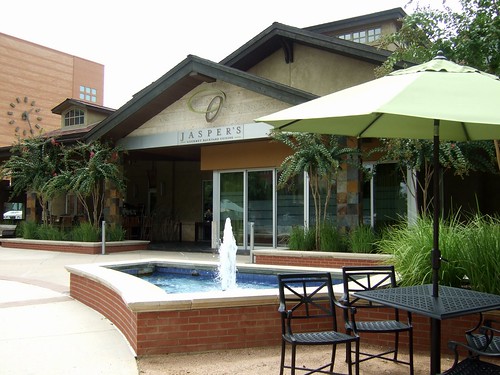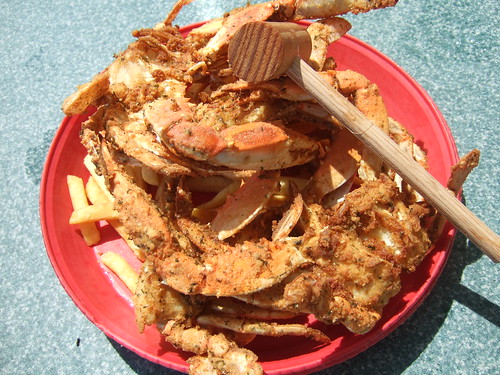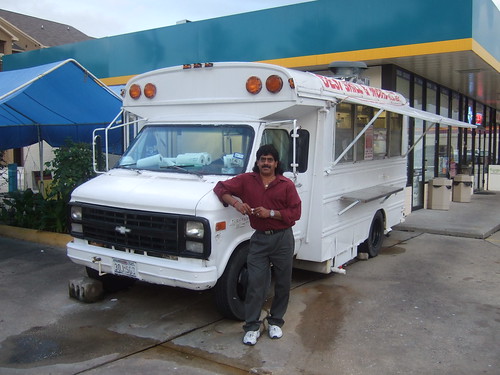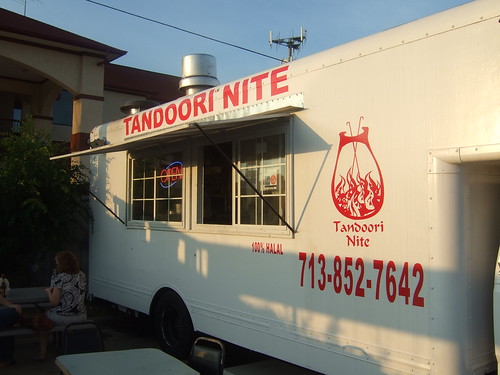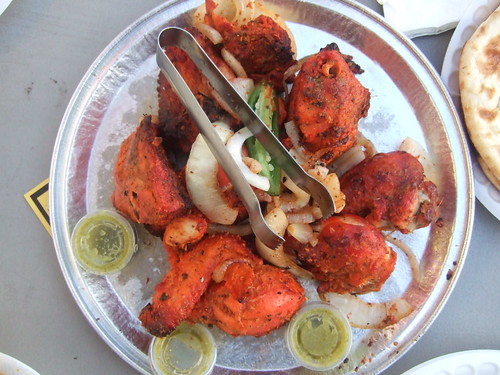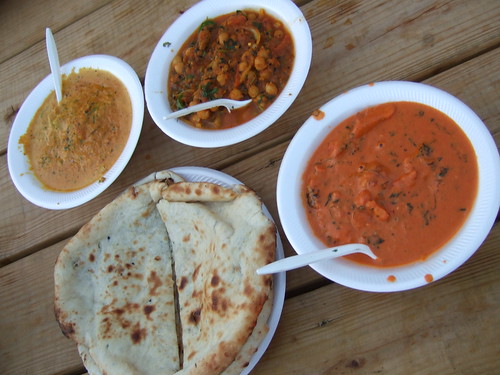To the casual observer of lesser-known international cuisines, Belgian food might appear to consist of beer, "french" fries, chocolate, and more beer. Actually you wouldn't be that far off.
Belgian beer is consistently heralded as some of the best in the world, and the artistry of Belgian chocolate makes the confections of neighboring chocolate-mad countries like France and Switzerland seem positively pedestrian. And then there's the food. True, there's perhaps no greater outrage than the French hijacking of the name of deep-fried potatoes, a dish inarguably invented in Belgium and still one of the foods most associated with the country. But culinary kidnapping aside, frites, french fries, Belgian fries, freedom fries, or just plain fries are one of Belgium's most notable food exports.
In Houston, Belgian cuisine has enjoyed a storied history, beginning in 1999 when the legendary Cafe Montrose opened in the neighborhood of the same name. The fries made there were consistently ranked as the best in Houston, and were paired with steamed mussels in the restaurant's (and Belgium's) signature dish, moules frites. Cafe Montrose closed in 2008, but two of the original owners, the brother-sister team of Andrew Klarman and Jeannine Pettas, opened another Belgian restaurant in Montrose called Jeannine's Bistro in 2009.
Read More...Jeannine's menu is similar if not identical to the Cafe Montrose menu - a slew of mussels dishes with salads, omelettes and meat dishes also available. And with Klarman in the kitchen, the cooking is the virtually the same as at Cafe Montrose and consistently well-executed. If you've never been to Jeannine's or had Belgian food before, by all means, get the moules frites. Klarman uses Mediterranean mussels farmed in Puget Sound in Washington state - fresh, plump, sweet and perfect for soaking up the savory, rich broths in which they're cooked.
Moules marinnieres is the traditional choice - a big, steaming pot of mussels in an addictive broth of butter, white wine, onions and celery. Once you've plucked the last mussel out of the pot, use the spongy bread to sop up the remaining broth. And of course a flute of hot, crispy frites is provided with a ramekin of traditional Belgian house-made mayonnaise for dipping.
"We constantly strive to source the best potatoes for our fries," says Klarman. "Too much sugar in the potato and the fries will burn. Right now we are using a Kennebec potato that's working well for us." And in several lunch visits, I was able to confirm this. The fries are perfectly sized, golden and crispy on the outside, steamy and molten on the inside. And although the fries are great with the mussels, I've also had the opportunity to try several other Belgian dishes on Jeannine's menu. And I've come to the conclusion that although moules may be the best known Belgian dish, there are many others that can be described as the essence of comfort food.
A classic Belgian meat dish is Carbonnades Flamandes (Flemish stew). I've always thought of Belgian food as a user-friendly version of French cuisine (unfussy, unpretentious, big portions), and this dish is a good example. Similar to beef bourguignon but made with beer instead of wine, this dish is simple, flavorful, and filling. Big chunks of beef are stewed in a subtly-sweet sauce that includes beer, carrots, onions and brown sugar. At Jeannine's, you can get this dish with fried, mashed, or boiled potatoes. Again, I usually go with the fries. After I finish off the beef chunks, there's usually a good amount of sauce left on the plate, and if you accidentally-on-purpose mix the remaining fries with the sauce, you've got a do-it-yourself version of poutine.
And then there are the beers. Mostly known for being dark, sweet, satisfying, and steeped in tradition, Belgian beer is the perfect complement to the country's food. The tradition of Belgian beer is forever tied to Trappist monasteries (a Roman Catholic religious order) in which monks help to produce the beer and all profits support the monastery and its philanthropic programs. One of the most famous Trappist beers is Westmalle, which Jeannine's sells by the bottle in dubbel (double) and tripel (triple) varieties (the naming convention loosely referring to the strength of the beer). I usually go for the Belgian beers on tap at Jeannine's, my current favorite being a Maredsous 8. Maredsous is the name of a Belgian monastery that licenses its name to Duvel, one of the biggest breweries in Belgium. The "8" refers to the alcohol by volume (ABV) of the beer - at 8 percent it's considered a dubbel.
So after consuming copious amounts of delicious sauces, meats, mussels, and frites, and all of it washed down with rich, highly-alcoholic beer, you will naturally want to partake of Belgian chocolate. Jeannine's offers an exceptional chocolate mousse, as well as a dish of profiteroles drenched in Callebaut chocolate. And in addition to Belgian restaurant desserts, Houston is fortunate to have one of the best retailers of Belgian chocolates in Texas - Chocolat du Monde in Rice Village. Owner David Heiland carries exclusive Belgian chocolates such as Neuhaus and Leonidas. These chocolate pieces, known by the Belgian term praliné (not to be confused with the candy associated with New Orleans), are traditionally a chocolate shell filled with a paste of nuts or cream. Now if we can just get Belgium to make a chocolate praliné filled with Trappist monk beer.
Jeannine's Bistro
106 Westheimer Rd.
Houston, TX 77006
(713) 874-0220
Chocolat du Monde
5302 Morningside Dr.
Houston, TX 77005
(713) 520-5600
This blog entry was originally posted 12 October 2010 on the www.29-95.com website.
